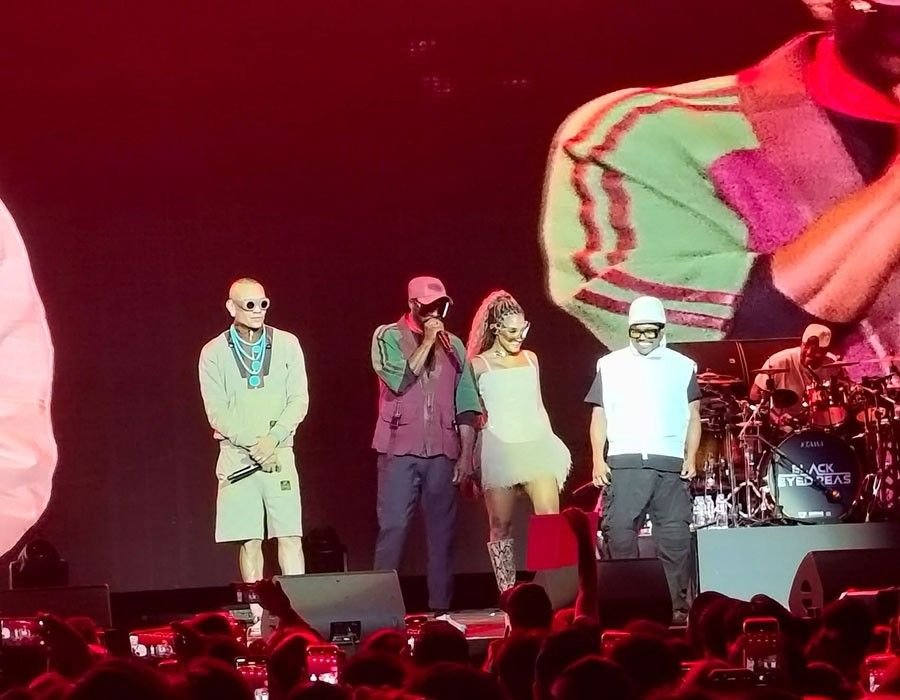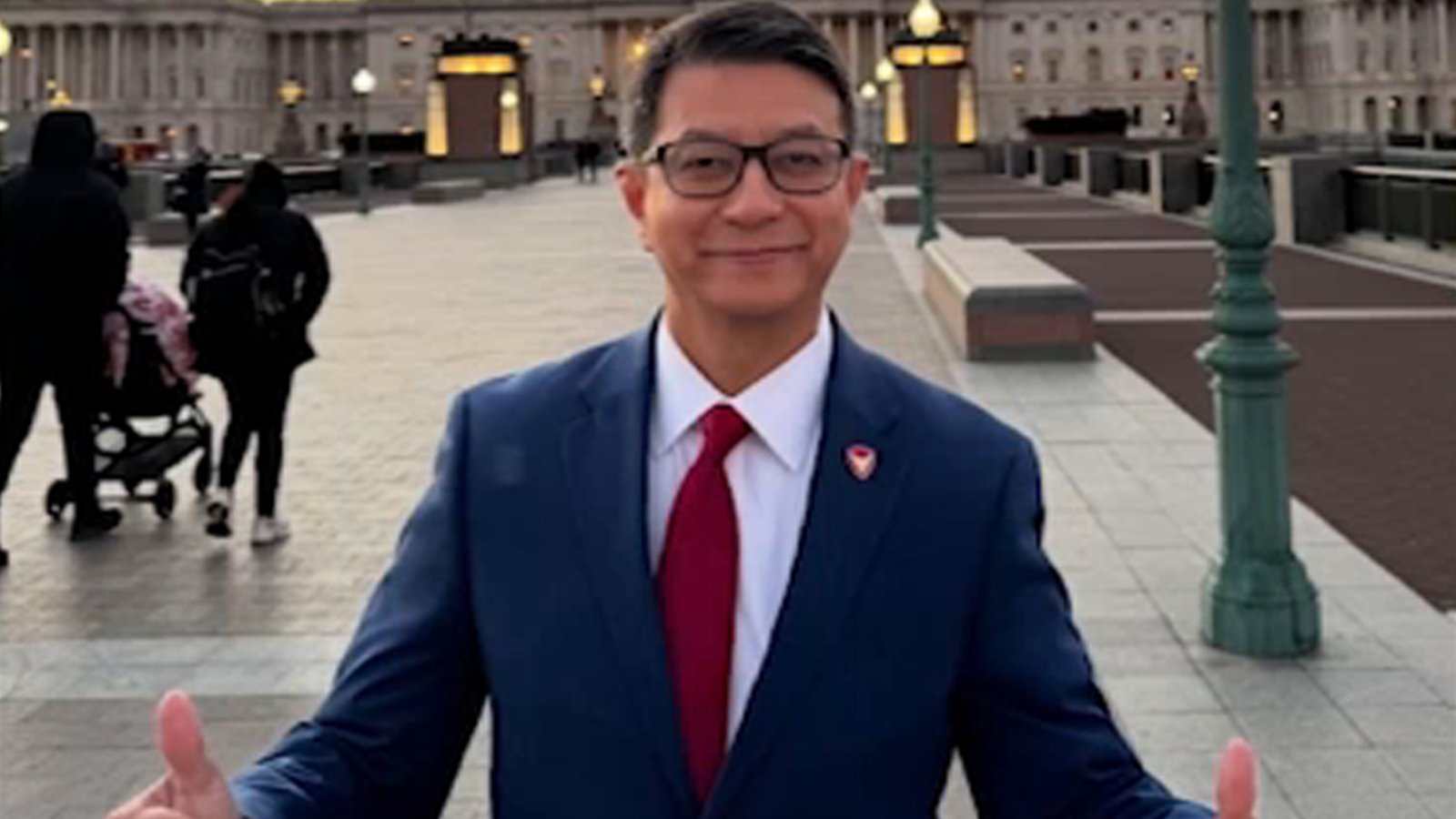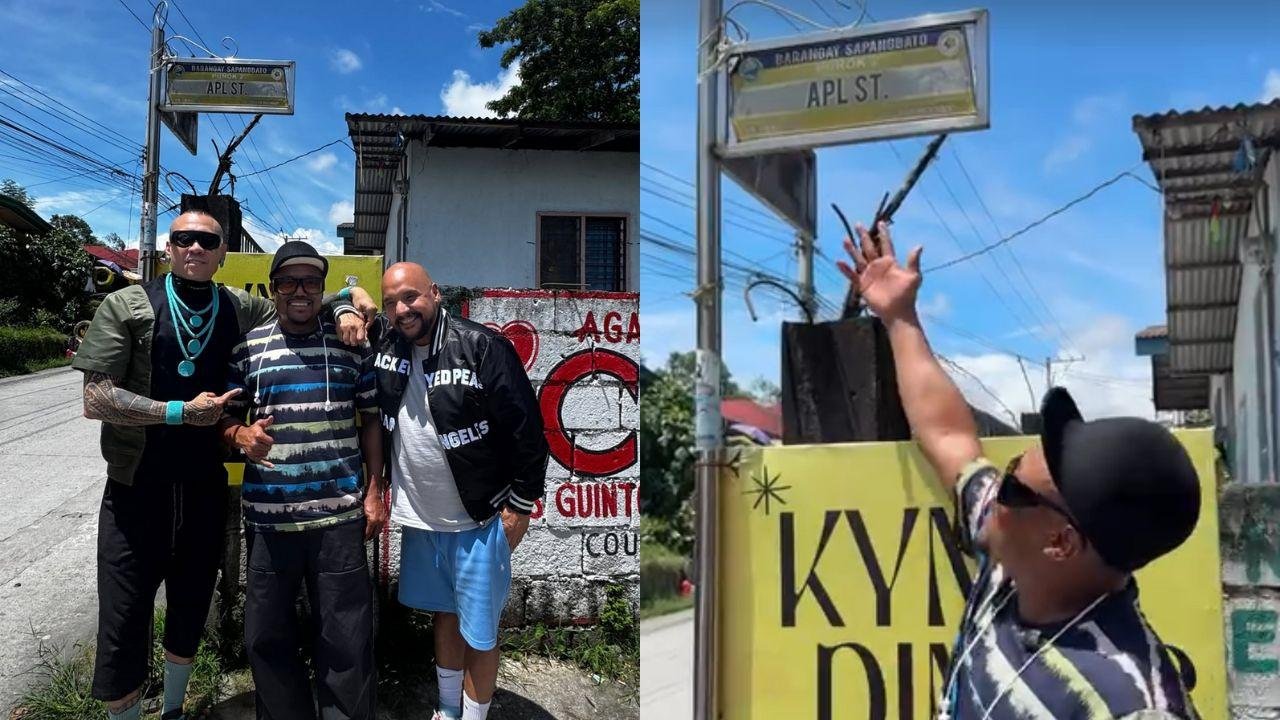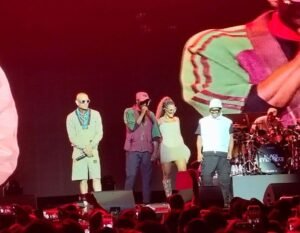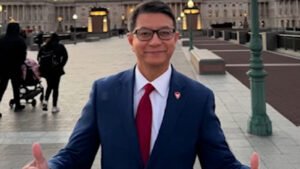Focusing on the Filipino film and television industry, we trace how the LGBTQ+ community is being represented and illustrated in the institutional spaces of mass media to see if the current path is heading forward or taking a few steps back
I first watched Gil M Portes’s Markova: Comfort Gay back when Sunday nights were programmed by major television networks as family movie nights. Perhaps it had already been a year since the film premiered at the Metro Manila Film Festival, as a year-long embargo was the practice. I wasn’t yet aware of the film’s accolades, for I was still in my early childhood years and was yet to explore my cineaste taste. What drew me to it was the film trailer’s nostalgic charm: its colourful glimpses of wartime Manila and the hypnotising dance of the titular character as he physically evolved through chapters in his life. Later, I began to realise that it’s Dolphy, Philippine entertainment’s “King of Comedy”, whose long-running sitcom Home Along Da Riles had been part of our family’s evening rituals. Then a question lingered in my head: Why is a straight actor, including his sons, portraying an ageing gay, cross-dressing performer?
As depicted in the early parts of the film, gay as an identity at the turn of the 20th century was still an emerging concept. For centuries, homosexual relations had been understood through the framework of the more dominant heterosexual kinship system. Barry Adam (1990) noted that if not for the Stonewall Rebellion in New York in 1969, gay identity as part of a “modern homosexuality” would not have been formalised. Hence, we see that individuals have begun to identify themselves as gay, lesbian, queer, and whatnot, separating it from the notion that same-sex practice is the only factor that shapes gay identity.
Much like in Markova, anxiety around family and kin, which is enhanced further if not validated by mainstream cultural values, fuels gay discourses of secrecy, coming out, liberation from the closet (Bellah, 1985), or in the Filipino context, “paglaladlad ng kapa” [unfurling of the cape] (Manalansan, 2003).
For the titular character, it took him a while to transform himself from the “biniboy” [pre-war term for gays; a contraction of the words “binibini” and ”boy”] Walter Dempsey Jr to Markova, his alter transvestite personality performing in dance clubs. In his teenage years, he was deemed effeminate and feeble, and was ultimately raped by his brother’s bestfriend. If not for his brother’s untimely and gruesome death, he would not have found the courage to liberate his identity.
Read also: When kindness becomes a burden: How ‘And the Breadwinner Is…’ explores tough family questions
